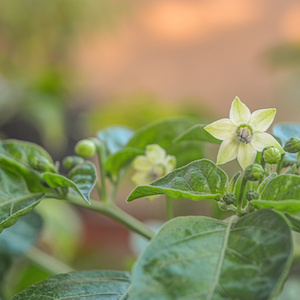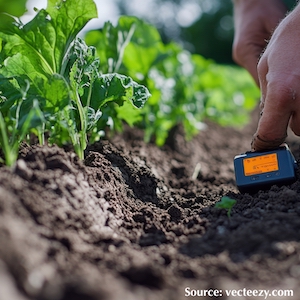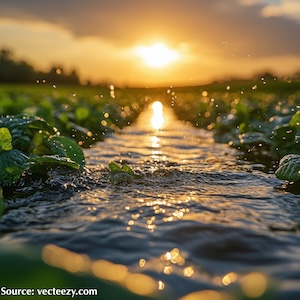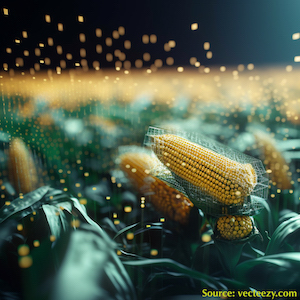Recognition of pepper plant and ridge characteristics using an ultrasonic sensor for smart upland crop production

All claims expressed in this article are solely those of the authors and do not necessarily represent those of their affiliated organizations, or those of the publisher, the editors and the reviewers. Any product that may be evaluated in this article or claim that may be made by its manufacturer is not guaranteed or endorsed by the publisher.
Authors
Ultrasonic sensing technology can contribute significantly to improving smart agricultural practices by recognizing plants and land features. Accurate detection of these field features is essential for the development of unmanned vehicles, which require precision navigation, obstacle avoidance, and successful field operation. Therefore, the objectives of the study were to employ ultrasonic sensors to detect key parameters of pepper plants and land features, specifically plant height, canopy volume, row spacing, and ridge spacing. Row spacing is the space between rows of plants, and ridge features are the raised soil beds that are often made for planting in upland farming systems. A data collection device was developed and tested in both laboratory and open-field environments. Initially, laboratory tests were conducted to evaluate the sensor accuracy of pepper plant height and canopy volume detection. Following successful validation, field trials were carried out in a pepper cultivation area using a remote-controlled vehicle platform to measure plant height, canopy volume, and row and ridge spacing. An open-source application was used to collect data and visualize the outcomes in real-time. The algorithm presented in the study effectively estimated the height, canopy volume, row spacing, and ridge spacing for pepper plants and associated land features. The results showed plant height of 61.34 and 61.49 cm, canopy volume of 0.29 and 0.31 m³, ridge spacing of 28.88 and 28.94 cm, and row spacing of 44.42 and 43.88 cm, respectively. No significant differences (p>0.05) were found between the measured and estimated plant and land features. Estimation values were strongly correlated with the measured values, with simple linear coefficients of determination (r2) of 0.95, 0.93, 0.88, and 0.81 for height, canopy volume, row spacing, and ridge spacing, respectively. The RMSE of these measurements ranged from 0.93 to 2.08 cm, highlighting relatively high accuracy of the proposed methods. The developed system shows the potential of ultrasonic sensors to develop automatic crop monitoring systems and support smart crop production and be adaptable to greenhouses, open fields or on-farm vehicles to identify different types of plants and land features.
Supporting Agencies
Korea Institute of Planning and Evaluation for Technology in Food, Agriculture and Forestry , Ministry of Agriculture, Food and Rural Affairs of he Republic of KoreaHow to Cite

This work is licensed under a Creative Commons Attribution-NonCommercial 4.0 International License.









